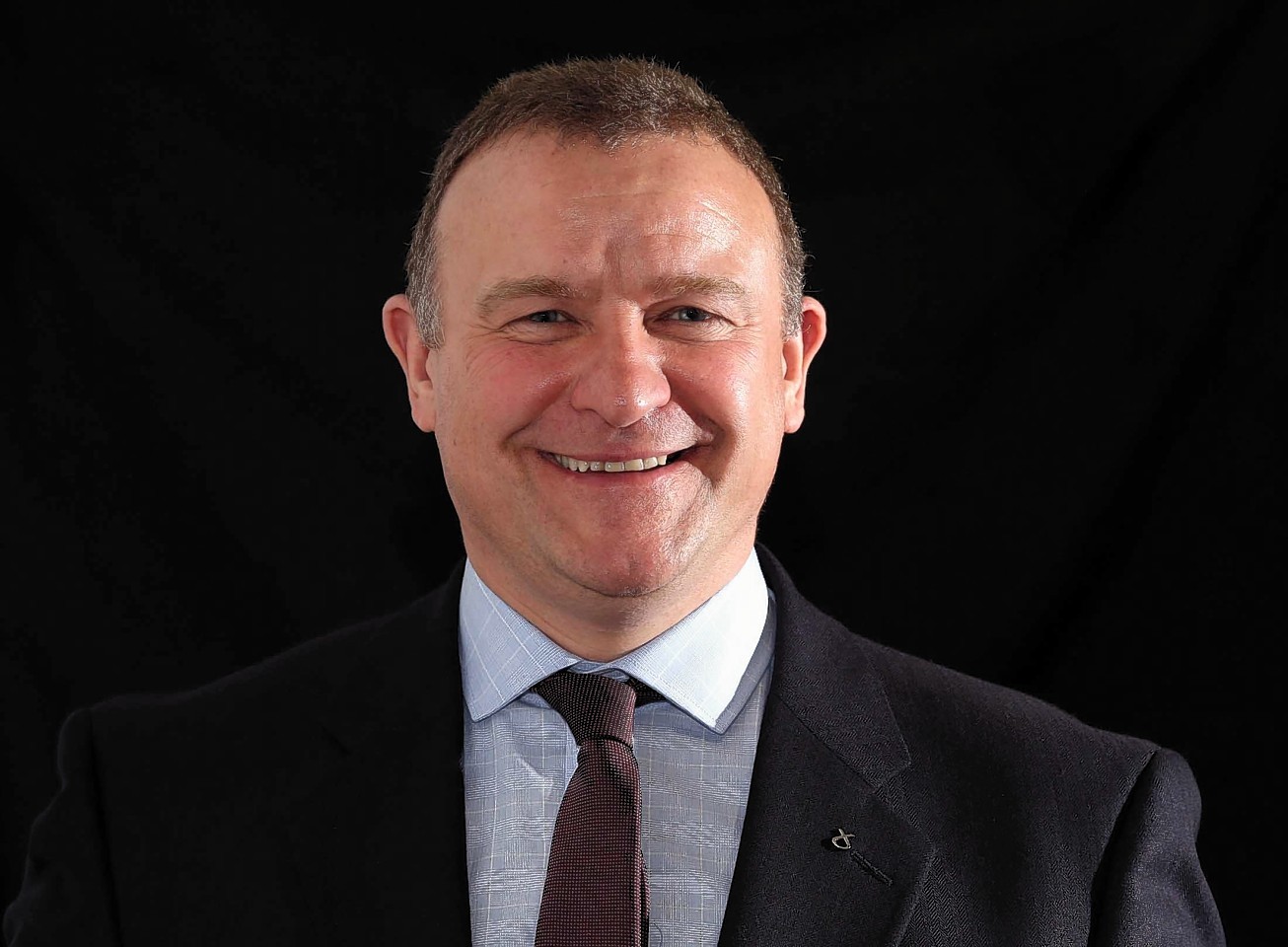I often find myself encouraging visitors to come and experience what we, in Scotland, especially in the Highlands have to offer.
I tell them they must visit our countryside, see the wildlife, sit on our beautiful beaches, and try our great golf courses.
I say to them that they will enjoy the welcome, the music, the food and will never forget the experience. I say this because I absolutely believe it to be true and I also know that we get extraordinary benefit from the money they spend.
Indeed, recent figures from the Office for National Statistics show Inverness as the 13th most popular tourist destination in the UK. This rise is said to be thanks to a 21% increase in holiday-makers, with people from abroad spending a staggering £79million in Inverness only.
Make no mistake, our tourism industry benefits significantly from us being members of the European Union. We cannot underestimate the positive effect people of European nations being able to visit Scotland without going through visa applications has on our inbound tourism. Visitors from France, for example – our third biggest tourism market – could easily choose other destinations. Of course we too, benefit from the freedom to travel “visa free” to Europe – a benefit a very many of us enjoy.
Other benefits are unseen but the effects are felt every day. One that springs to mind is the introduction of EU aid limits to prevent the unfair practice of governments financially supporting flag carrier airlines. This ensures that lower cost carriers, such as EasyJet, Ryanair and others have been given breathing room to prosper and can operate cheaper flights in our markets. In turn, this allows Scottish travellers and business greater and more affordable access to Europe.
On the Leave side, one of the most common scare stories is to tell us how much money we are wasting on Europe. Never do you hear about the funding that comes back. Often European funding reaches the parts of Scotland that have been ignored for decades, the effects of which are now adding to and enhancing the development that is underway.
Who knows if the Kessock Bridge – linking Inverness and the A9 to the Black Isle and beyond – would have been built before now without the European intervention funding in the 1980s?
Indeed, Highland Council reports that European funding for the Highlands and Islands for the current programme is over 190million Euros, or nearly £150million. This funding is aimed to provide support to small and medium-sized businesses, to create employability schemes to tackle unemployment and to work to reduce poverty and promote social inclusion. Other funding has been provided to support the creation of lower carbon transport options.
No-one in this debate is saying that the European Union is without its challenges. There is certainly work to be done to further Scotland’s unique needs in Europe. However this should be done by making sure, in the coming years, that Scotland participates as a full member, with all the rights and influence needed to ensure we benefit greatly from our involvement.
Scotland is an outward-looking country and our relationship with Europe has always been one of co-operative friendship and mutual respect. In an organisation designed to give equal rights to all of its member states, let’s work to gain that status instead of reducing our impact.
